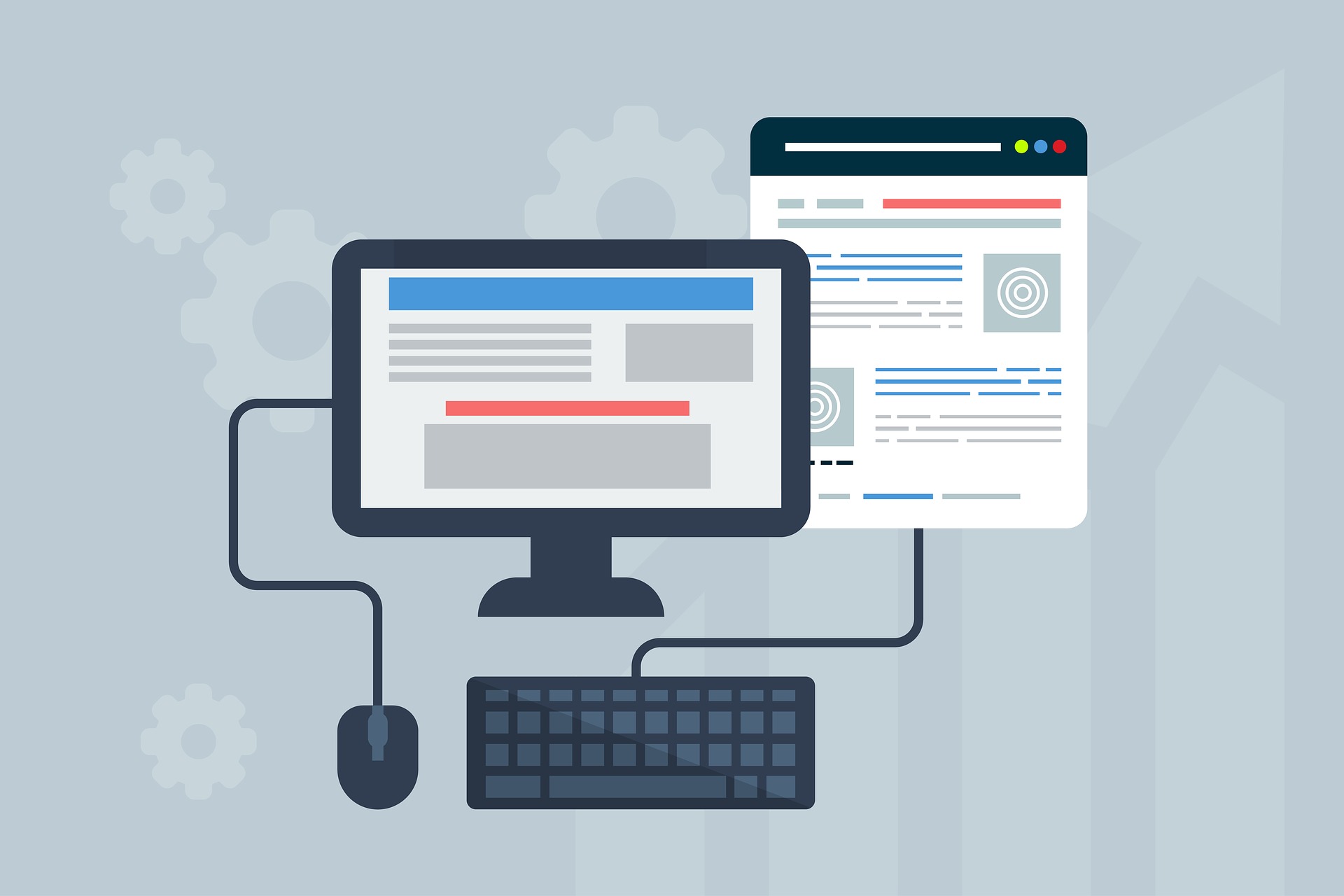Content begins here
Contenido de la página principal
Pulsa para colapsar
Website
No matter how much social networks develop, what will certainly remain the essence of communication on the Internet is the company's website. The website today must be adapted to users who visit it both from a computer and a mobile phone or tablet. Also, the website must be professional, as well as regularly updated.
In this lesson, we will learn…
what a good website means and how to create one.
What are the benefits of owning a website?
- It represents your business and provides you with a place where you can tell your story
- With the help of a website, you are allowed to be visible to search engines
- It sells you products and services
- Connects your business with others (partners, customers, ...)
- You can share content (pictures, videos, text) via the website
- It gives you a place for your blog
How to create a good website?
To begin with, let's see what a 'good' website is.
It is a website that is reviewed, regularly updated, a website with quality content, has clear calls to action, search engine optimized, a website that attracts attention.
When creating a website you need to align your business goals with what customers want. Always keep that in mind. Combine how you want customers to behave on your site and what customers want to achieve by coming to your site and achieving success. Make important information visible and accessible at all times. It is very important that the information you provide, such as information about the prices of products or services or specifications of products or services, and contact is displayed and available. Establish a conversion on the site. Connect with site users by telling a story, introducing them to you and your business. Last but not least, establish clear, compelling, and enticing calls to action.
What are the most common website mistakes?
- Your offline brand image is not associated with the online brand image
- Not optimized for mobile phone and tablet users
- Not updated with new content and software 'patches'
- It is not focused on the target audience
- The call to action is not clear
- Not connected to social networks
Resource: Pixabay
Conclusions
“Your website is the center of your digital eco-system, like a brick and mortar location, the experience matters once a customer enters, just as much as the perception, they have of you before they walk through the door.”
- Leland Dieno
Video and PDF presentationPulsa para colapsar
The following video explains the content of this lesson and shows some examples:
Video T4.L1. Website
Here you have the content of the video in pdf in case you need to use it in your classroom:
Lesson contents in PDFPulsa para colapsar
Here you have the contents of the lesson in PDF:


